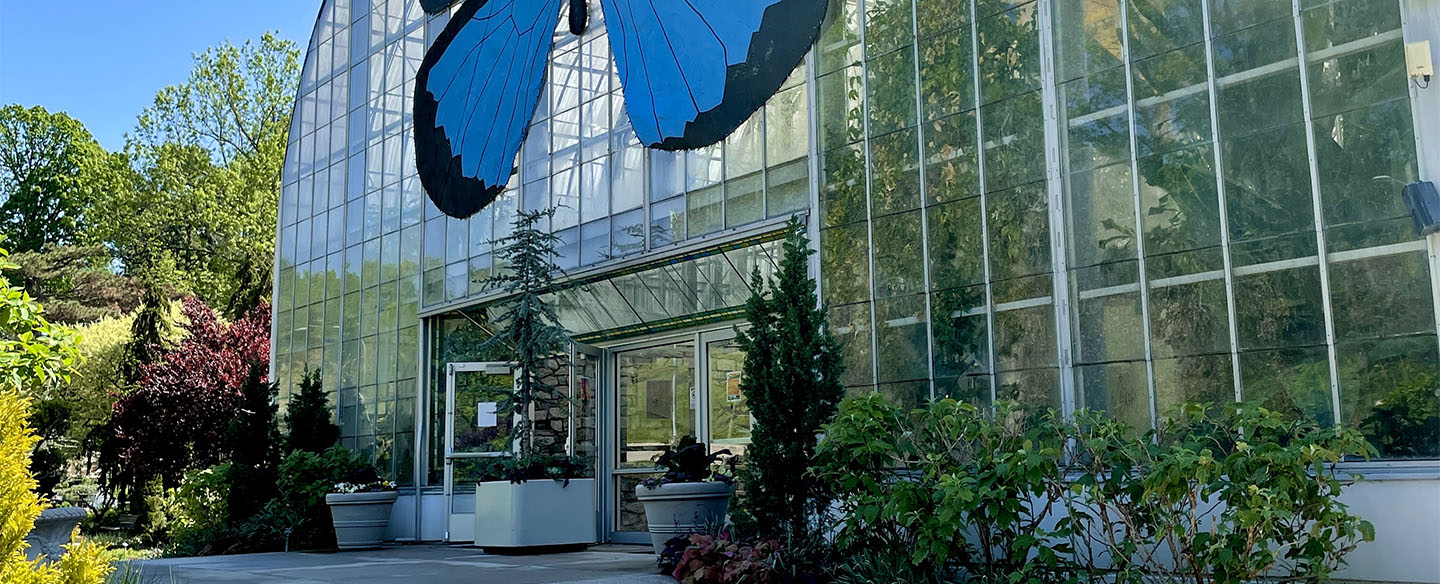From seed banks to community seed libraries, there are many approaches, methods and places to ensure the future viability of plant species in the world. Seed banks and seed libraries have different functions; both are valuable in saving seed for future generations.
At one end of the spectrum are large formal seed banks, of which there are more than 10,000 worldwide. Seed banks or repositories are organizations, usually run by universities, governments or non-profit organizations, where seeds are stored for posterity. Most countries have at least one national seed bank, as well as specialized seed banks for agricultural, wild, rare and/or research plants.
The world's largest seed vault was established in 2008 by the Norwegian government. The Svalbard Global Seed Vault, located in the permafrost and built into bomb and disaster protection structures, is called the Doomsday Vault because it is intended to be used as a last resort. and a duplicate source of samples from seed collections around the world.
seed management
While institutional seed banks serve important national and global purposes for conservation, research, and insurance, most of these repositories already have surplus seed stocks that are managed by citizens, local residents, or both.
Apart from specific genetic research or conservation purposes, seeds usually have the highest local value. The collection, planting and preservation of native plant seeds has been part of human history long before official seed banks were established. Today, many indigenous cultures continue to preserve their genetic and cultural heritage in crops grown from traditional seeds, some of which are stored in the Svalbard World Seed Vault.
One such example is the Seed Savers Exchange, which has been protecting the diversity of endangered food crops and garden seeds in the United States since 1975. As the largest horticultural network of its kind, this organization has no state tuition for its members. and aims to conserve, distribute and share more than 20,000 open-pollinated traditional seed varieties. As with many public seed banks, food safety, gene conservation and disease resistance are at the heart of the Seed Saver Exchange's seed conservation and diversity goals.
Closer to home, with a different focus on conservation missions, is the San Diego Zoo's Wildlife Alliance Native Plant Seed Bank. Local researchers are studying native seeds like San Diego's prickly mint with broader ecosystem conservation goals, including improving coastal sage scrub habitat for a variety of plant and animal species.
local seed libraries
San Diego residents have many ways to share seeds and connect with the community through local seed libraries without becoming a seed conservationist. Seeds from seed libraries are offered by the villagers for exchange and preservation of varieties. In addition to garden clubs and community organizations, many San Diego public libraries offer seed libraries, as well as seed and crop resources, and other garden-related workshops.
Also, just like hidden treasures that seeds can be, there are many libraries of seeds hidden in plain sight. Free Flight, a non-profit bird sanctuary in Del Mar, recently partnered with the San Diego Audubon Society to support poultry and local pollinators by hosting a local seed library. And the WorldBeat Cultural Center in Balboa Park has added a seed library to support public health, environmental and economic programs.
Do-it-yourself seed storage
If your mission is to further explore the art and science of horticulture by saving plant seeds, the process has three steps: collection; drying and classification; and packaging and labeling.
• Only collect plant seeds when the crop is ripe. Seed maturity varies by plant, so check the details for each plant.
• Then dry and sort the seeds according to the type of plant.
• Finally, carefully pack the seeds in a moisture-proof container labeled with your exact plant name, harvest date and planting and growing conditions.
Also, how do you dry and sort the seeds? For ripe fruit, the seeds can be removed and spread on a baking sheet in a warm, dark place until they dry and separate from the fleshy appendages. However, for some flower heads, you can shake or remove seeds from dried seed heads. Again, you may need advice on drying and grading specific plant species to know how best to proceed.
And while the packaging and labeling of this process may seem simple, if you grow multiple varieties of the same species, you need to watch for cross-pollination tendencies and take steps to maintain seed purity and integrity. . - Procedure support.
Regardless of your gardening experience, there are many resources to help you save seeds, including a series of online beginner's guides offered by the Seed Savers Exchange. For more information on seed storage, see Garden Mastery's August 2020 Union-Tribune article on seed storage.
From storing seeds in explosion-proof boxes internationally, to the practice of saving seeds and sharing them with neighbors, collecting, storing and growing seeds is beneficial for everyone. It provides cultural and historical links, some food security and genetic diversity, and ways to conserve, grow and feed local ecosystems.
Resources for Finding Seeds and Growing Libraries:
1. San Diego County Master Growers Association
2. "Community Seed Banks: How to Start a Seed Bank"
3. Seed Saving: In Progress (Seed Saving Exchange)
4. Seed Libraries at San Diego Municipal Public Libraries.
Maroon is a UCCE Master Gardener who believes that the unique stories, beauty and potential of seeds offer awe-inspiring opportunities to explore the complex world of plants.
Get free gardening tips at the Master Gardener Hotline, (858) 822-6910 or email help@mastergardenersd.org.
This story originally appeared in the San Diego Union-Tribune.


